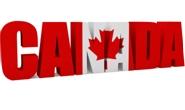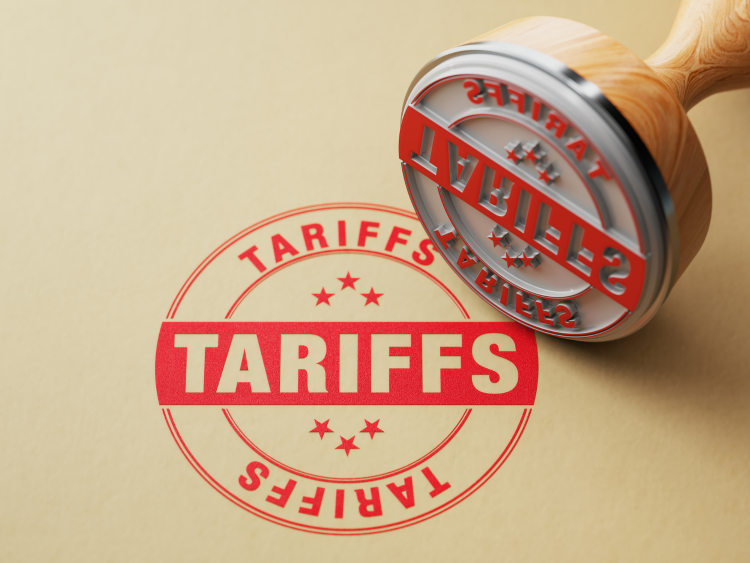Trade Cases

CBSA Final Determination on Dumping and Subsidizing of HRC Plate from India and Russia
Written by Sandy Williams
December 10, 2015
The Canada Border Services Agency has made final determinations that dumping has occurred on hot-rolled carbon steel plate and high-strength low-alloy steel plate originating in or exported from India and Russia and subsidizing on hot-rolled carbon steel plate and high-strength low-alloy steel plate originating in or exported from India. The investigation on subsidizing from Russia was terminated.
The Canadian International Trade Tribunal (Tribunal) is continuing its inquiry into the question of injury to the domestic industry and will make a finding by January 6, 2016.
If the Tribunal finds injury, anti-dumping duties would apply at a rate of 98.1 percent with the exception of Severstal of Russia which would apply at a rate of 15.3 percent. Imports from India will also be subject to a countervailing duty rate of 7,844 Indian rupees per metric tonne.
The investigations follow a complaint filed by Essar Steel Algoma, Inc.
“Enforcing fair trade in Canada’s domestic steel market is more critical than ever given current market conditions,” said Essar Steel Algoma President and CEO Kalyan Ghosh. “The determinations imposed by the CBSA represent a victory for all Canadian steel producers. It signals clearly that our government will not allow other countries to distort our markets by dumping steel here.”

Sandy Williams
Read more from Sandy WilliamsLatest in Trade Cases

SMU Survey: Less support seen for Trump tariff policies
Meanwhile, an increasing number think it's too early to say whether the penalties are going to bring more manufacturing to the US.

CRU: USW seeks exclusion for Canada from Trump’s tariffs
The union is also urging stronger enforcement against countries such as China which break trade rules, and a coordinated Canada-US strategy to protect union jobs across the North America

Price on trade: A lot happened last week – and it wasn’t all about tariffs
Should foreign investment be allowed to reshape the American steel Industry? Not to be lost in the recent on-again-off-again tariff frenzy, Nippon Steel’s proposed takeover of U.S. Steel has also found itself in President Trump’s crosshairs when it comes to trade and industrial policy. Nippon Steel initially announced its nearly $15-billion bid for U.S. Steel […]

Trump signs executive order aimed at making US shipbuilding ‘great again’
President Trump on Wednesday signed an executive order meant to breathe new life into American shipbuilding and curb Chinese dominance in the sector.

Trump still against selling USS to Japanese firm: Report
Despite ordering a new review of Nippon Steel’s bid for U.S. Steel, President Trump said he is still against selling USS to a Japanese company, according to media reports.
